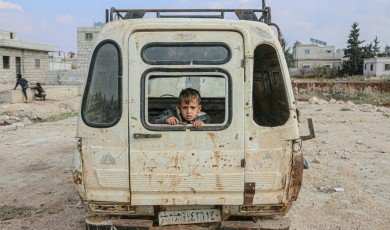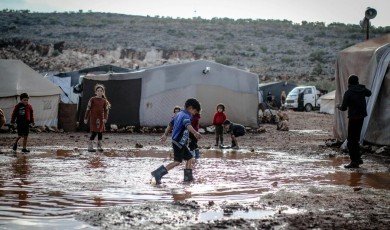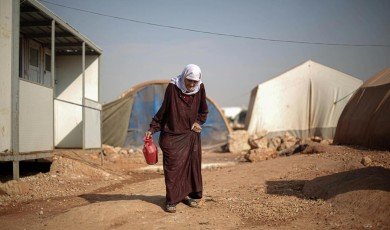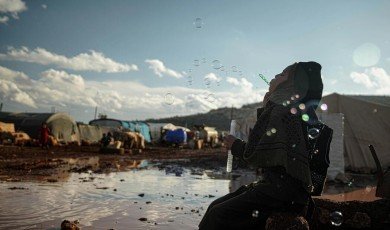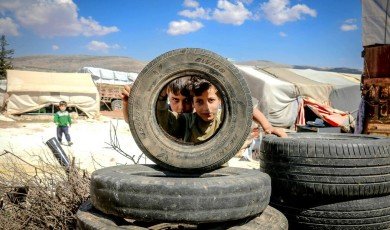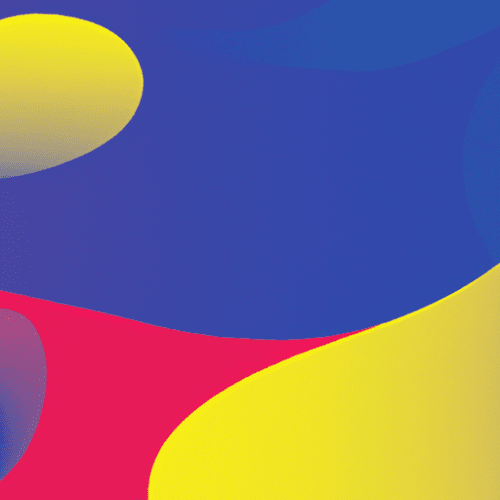
The story of Vietnamese refugees is one of resilience, hope, and perseverance amidst unimaginable challenges. Fleeing their homeland during and after the Vietnam War, these individuals embarked on perilous journeys in search of safety and a better life. Yet, their struggles did not end upon arrival in new countries. Among the many hurdles they faced, language barriers—particularly in the healthcare sector—presented some of the most daunting obstacles to building a healthy, secure life in their adopted homes. In this post, we delve into the significance of life sciences translation services for Vietnamese refugees, exploring how these services address critical healthcare needs, bridge cultural divides, and empower individuals to thrive in their new environments.
The Historical Context: Vietnamese Refugees in the Aftermath of War
Following the end of the Vietnam War in 1975, millions of Vietnamese were displaced, forced to flee as political refugees. Known as the "boat people," many risked their lives at sea to escape persecution, hardship, and an uncertain future. For these refugees, arriving in the United States, Canada, Australia, and Europe brought relief but also presented a web of new challenges—chief among them was the language barrier.
In the decades since, Vietnamese communities have grown to become vital threads in the multicultural fabric of their host societies. However, for the first-generation refugees, especially the elderly, limited English proficiency has remained a persistent obstacle—especially when seeking medical aid. Language misunderstandings in healthcare settings can lead to misdiagnoses, missed appointments, or worse, a complete absence of care.
Language Barriers and Healthcare
For any refugee population, access to healthcare is essential for rebuilding lives. For Vietnamese refugees, the urgency is heightened due to the trauma and health issues stemming from war, long journeys, and disrupted living conditions. Many arrived with little to no knowledge of the local language, and even decades later, the medical terminology used in Western healthcare systems can baffle even well-settled individuals.
Common health challenges included post-traumatic stress disorder (PTSD), malnutrition, chronic diseases, and injuries sustained during their escape. Accessing healthcare services for such complex needs required more than just basic interpretation; it required culturally sensitive, accurate, and specialized medical translation.
The lack of reliable medical translation services could result in poorly communicated symptoms, confusion about medications, and misunderstanding instructions regarding treatment plans. At times, children or unofficial interpreters would attempt to bridge the gap, but this posed its own risks—improper translations, omitted nuances, and breaches of confidentiality.
Empowering Vietnamese Refugees Through Medical Translation Services
The evolution and availability of life sciences translation services have been essential in breaking down these barriers. More than simple word-for-word translations, these services require an in-depth understanding of medical terminologies in both English and Vietnamese, as well as sensitivity to cultural beliefs surrounding health and healing.
- Accuracy and Clarity: Professional translators ensure that critical details—like allergies, pre-existing conditions, and medication dosages—are conveyed precisely, reducing the risk of medical errors.
- Cultural Competence: Skilled translators understand the importance of cultural beliefs and approaches to health, enabling healthcare providers to communicate with empathy and respect.
- Confidentiality: Medical translation professionals are bound by ethical standards, protecting patient privacy and fostering trust in the healthcare process.
- Accessibility: Effective translation facilitates earlier and more consistent access to healthcare services, which can be particularly crucial for those dealing with chronic or critical illnesses.
These services often go beyond face-to-face interpretation. Written translations of medical forms, consent documents, discharge instructions, and educational materials can empower patients to better manage their health independently. For refugees with limited literacy, in-person and telephonic interpretation bring care directly to those in need.
The Link Between Life Sciences Translation Services and Refugee Health
Medical translation is only one essential facet of communication in healthcare. The broader field of life sciences translation services—encompassing pharmaceuticals, clinical trials, medical devices, and biotechnology—plays a vital role for Vietnamese refugees as well.
As the global healthcare industry evolves, access to accurate information about new treatments, vaccines, and public health campaigns is crucial. Vietnamese refugees, many of whom face heightened risk during pandemics such as COVID-19, depend on clear and accessible translations at every level, from hospital signage and prescription labels to public health advisories.
Ensuring that refugees receive accurate translations of medical research, clinical trial participation details, and new therapies can improve outcomes and foster trust in medical institutions. By integrating life sciences translation services into healthcare systems, barriers are lowered not just for Vietnamese refugees, but for all non-native speakers navigating modern healthcare’s complexities.
Medical Translation Services in Practice: Success Stories
Across the globe, numerous community health initiatives offer prime examples of the impact that effective medical translation has on refugee outcomes. Community clinics in cities like Los Angeles, Houston, and Sydney have developed programs specifically to address the needs of Vietnamese speakers. These range from providing on-site interpreters and translated materials, to organizing educational workshops focused on preventive care, nutrition, and mental health—each designed with an understanding of unique cultural perspectives.
Perhaps most importantly, many Vietnamese refugees have become advocates and professionals themselves in the field of medical interpretation, using their lived experience and linguistic skills to serve others. This has fostered resilience in communities and helped shift the narrative from vulnerability to empowerment.
Challenges and the Road Ahead
Despite these advances, significant challenges remain. Financial constraints, lack of awareness among service providers, and varying standards of each region’s translation services can create inconsistencies in the support available. Rural communities may still lack resources, and new refugees or elderly individuals might face isolation and difficulty accessing available help.
Advocating for policy changes and targeted support remains essential. Governments, healthcare providers, and non-profits must prioritize investment in life sciences translation services and training for staff. The involvement of Vietnamese community organizations can drive outreach and ensure that solutions are tailored to real, lived experiences.
Technology is also changing the landscape. With mobile apps, tele-interpretation services, and advances in artificial intelligence, it is now possible to connect refugees—even in remote areas—to professional medical translators on demand, increasing accessibility and convenience.
Bridging Gaps, Building Futures
The journey of Vietnamese refugees underscores the profound connection between language, health, and human dignity. As we reflect on the unique challenges faced by this community, the indispensable value of medical translation services becomes clear—not just as a matter of convenience, but as a lifeline.
By investing in comprehensive and culturally informed translation solutions—including life sciences translation services—societies can ensure that refugees not only survive, but thrive, free to focus on healing, growth, and new beginnings. The past may be marked by struggle, but the future can be guided by understanding, inclusion, and care, built word by word, in every language.

